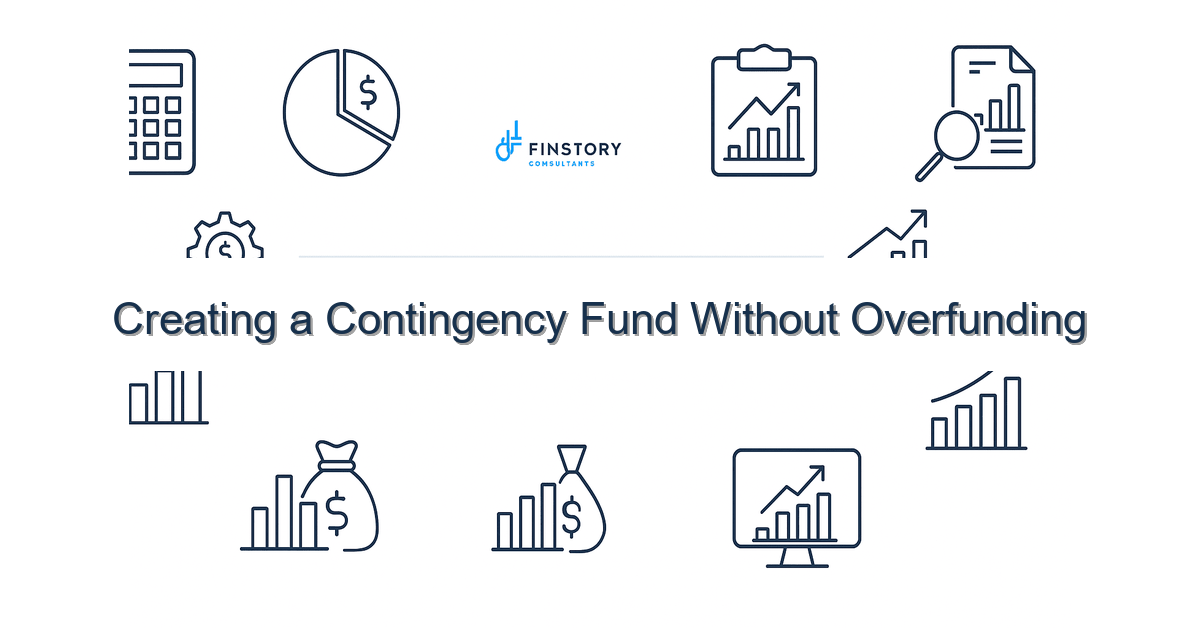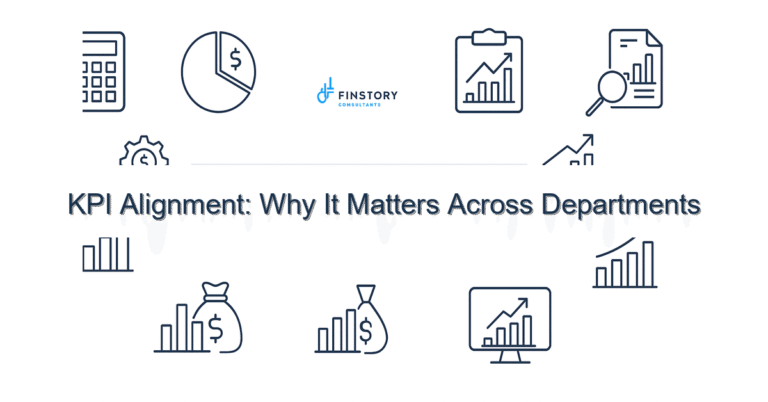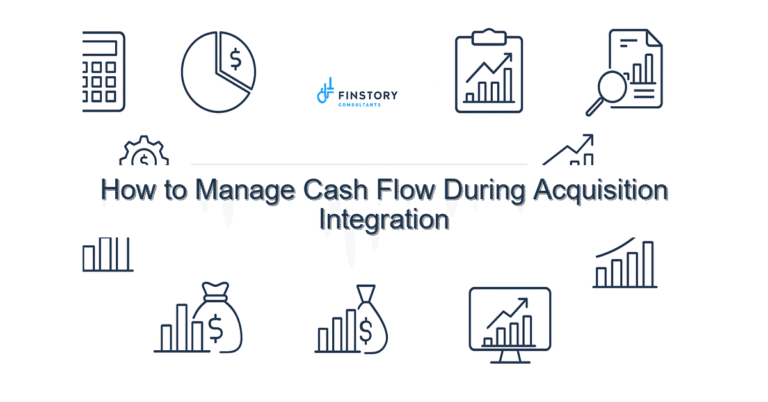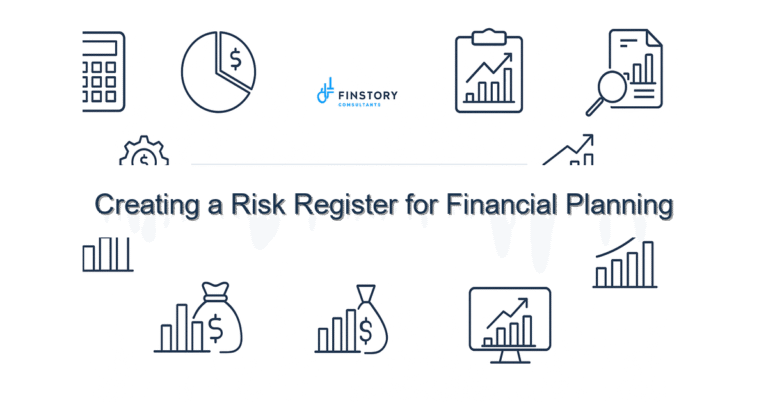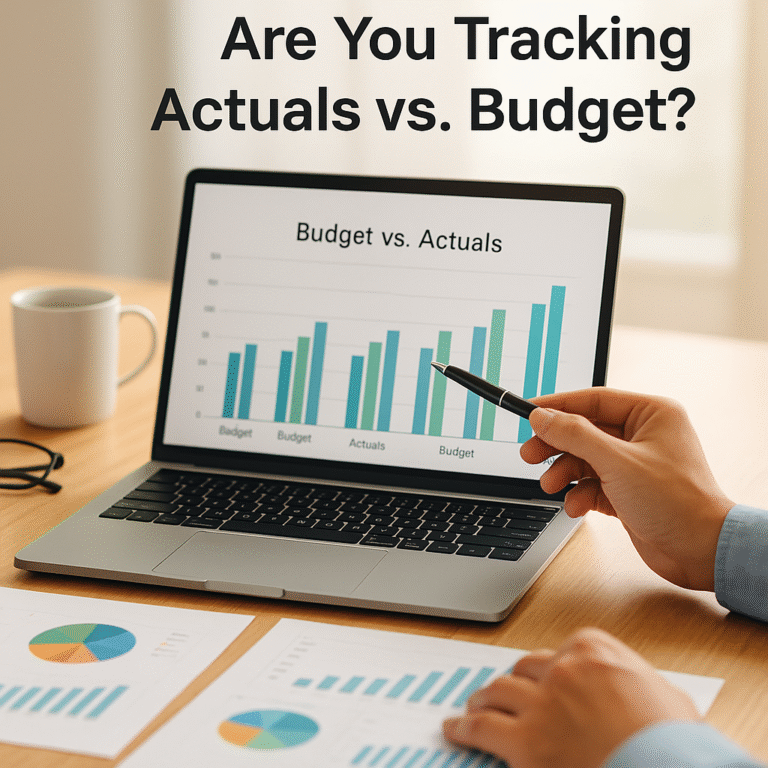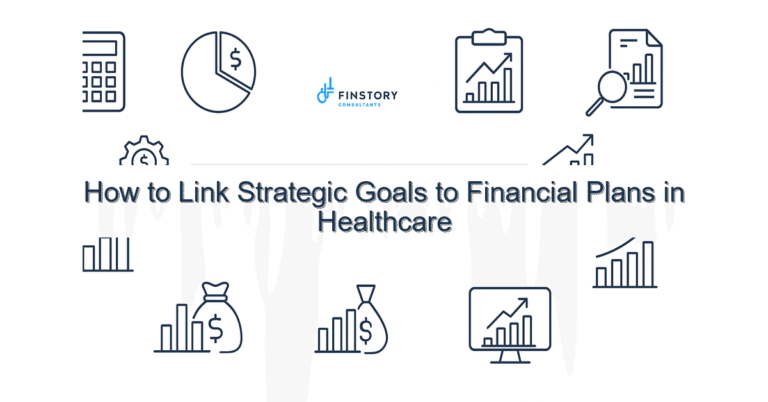Creating a Contingency Fund Without Overfunding
You worry about the next unexpected disruption—a slow payer, a sudden staffing need, or an equipment failure. You also feel the pressure of capital constraints and the board asking why cash sits idle. You’re not alone.
Summary: Build a contingency fund that protects your healthcare operations while avoiding overfunding by sizing reserves to specific risk scenarios, using short-term liquidity ladders, and tying the fund to clear governance and reporting metrics so cash works harder without increasing operational risk.
What’s the real problem?
Healthcare operations face frequent, high-impact disruptions. Leaders want a safety net but often end up either underfunded (exposed) or overfunded (idle cash that could be invested in care improvement).
- Cash tied up in blanket reserves reduces capital for staffing, technology, and patient programs.
- Ad hoc withdrawals from general cash create volatility in forecasting and variance explanations.
- Governance is weak: no clear trigger points, use cases, or replenishment rules for the contingency fund.
What leaders get wrong
Many well-intentioned finance leaders take the path of least resistance: size a large, static reserve and call it prudent. But that creates hidden costs.
Common pitfalls:
- Using a percentage of revenue as a rule-of-thumb — ignores cash cycle differences across service lines and payer mixes.
- Keeping the fund in a single, low-yield account — safe, yes; efficient, no.
- Failing to define clear governance: who can tap the fund, for what, and how to replenish it.
- Not stress-testing scenarios — decisions hinge on gut, not probable loss estimates tied to operational KPIs.
A better approach
Think of a contingency fund as a targeted, managed insurance policy on your balance sheet. The goal is to cover credible exposures, not every imaginable risk. Here’s a simple 4-step framework that works in hospitals and health systems.
- 1. Identify and quantify credible scenarios. List the top 6 risks (e.g., A/R days spike 10 days; a key service line loses a payer; OR downtime for 7 days). For each, estimate cash impact and duration.
- 2. Set a time-bound coverage target. Decide whether the fund should cover 30, 60, or 90 days of the cash impact for each scenario. Shorter targets reduce overfunding and encourage rapid remediation.
- 3. Create a liquidity ladder. Allocate reserves across instruments: operating cash, high-yield short-term investments, and a committed credit line. That keeps money productive yet available.
- 4. Define governance and replenishment rules. Establish clear trigger events, approval authorities, and replenishment timelines tied to operating surpluses or designated cash flow sources.
Real-world story: A mid-sized regional health system I worked with switched from a flat 6% revenue reserve to a scenario-driven fund. By targeting a 60-day coverage for their top three risks and adding a $10M committed credit line, they freed $12M for capital improvements while maintaining the same risk posture. Within 18 months, average days cash on hand improved by 18% and they avoided a costly hiring freeze during a seasonal patient surge.
Quick implementation checklist
- List your top 6 cash-impact scenarios and estimate the dollar impact and duration for each.
- Decide on coverage horizon (30/60/90 days) for each scenario.
- Determine the total targeted contingency fund size by adding scenario values and applying diversification offsets.
- Set up a liquidity ladder: operating cash (30%), short-term investments (50%), committed credit (20%).
- Draft governance rules: approval matrix, allowed uses, replenishment sources, and reporting cadence.
- Stress-test the fund with three historical shocks (payer delay, mass cancellations, supply-chain outage).
- Update the fund size quarterly with rolling 12-month scenario reviews.
- Integrate contingency metrics into leadership reporting and monthly FP&A decks.
- Communicate the plan to the board with a one-page summary and the replenishment trigger chart.
What success looks like
Measure success with concrete outcomes, not warm feelings.
- Accuracy: Scenario-based reserve sizing reduces variance in cash forecasts by 30–50%.
- Efficiency: Idle cash reduced by 20% while maintaining the same coverage for credible risks.
- Cycle time: Approval/withdrawal process shortened to 48 hours for clear trigger events.
- ROI: Freed working capital enables investments that produce a 12–18% IRR (example: staffing, revenue cycle automation).
- Governance: 100% of fund uses are documented and hit replenishment targets within the agreed timeframe.
Risks & how to manage them
- Underestimating correlated shocks. Mitigation: run correlation stress tests and maintain a committed credit line sized to cover tail events.
- Slow replenishment after use. Mitigation: define replenishment priorities and automatic triggers tied to operating surpluses or designated capex deferrals.
- Governance drift — fund creep into routine operations. Mitigation: strict approval matrix, monthly audit trail, and board-level review of any use beyond preapproved triggers.
Tools & data
Good data and automation make this approach practical.
- Finance automation: automate A/R aging, payer mix analysis, and cash flow forecasting to feed scenario models.
- Power BI or similar dashboards: build a contingency fund dashboard showing coverage, triggers, ladder allocation, and forecasted depletion timelines.
- Leadership reporting: include a one-page contingency summary in monthly board packs that shows trigger status and fund utilization.
For practical tools, see Finstory’s guides on forecasting best practices and cash flow management. If you need help implementing the dashboards, our financial planning services team can stand one up in weeks.
FAQs
How big should a contingency fund be? Size it to credible scenarios, not a flat percentage of revenue. Start with your top 3–6 scenarios, choose a coverage horizon (30/60/90 days), and sum the cash impacts with diversification offsets.
Is a committed credit line better than cash? Both are useful. Cash is immediate but costly to hold; a committed credit line provides optionality for tail events and reduces the need for large idle reserves.
How often should we review the fund? Quarterly is minimum. Review after any material operational change—major payer contract shifts, acquisitions, or new service launches.
Can we invest part of the fund? Yes — short-term, low-risk instruments can earn yield. Use a liquidity ladder so part remains instantly available while other parts earn modest returns.
Next steps
If you’re ready to build a contingency fund for healthcare operations that truly protects your organization—without overfunding—start by running the scenario exercise this week. Use your next finance leadership meeting to agree the coverage horizon and commit to the governance rules.
If you’d like a partner, Finstory helps healthcare finance teams answer: how to size a contingency fund, how to structure a contingency fund for healthcare operations, and how to avoid overfunding contingency reserve. We map scenario impacts, stand up dashboards, and embed governance so your cash works harder and your operations stay protected.
Work with Finstory. If you want this done right—tailored to your operations—we’ll map the process, stand up the dashboards, and train your team. Let’s talk about your goals.
Contact Finstory to schedule a contingency fund assessment and dashboard demo. Build the right fund—protect care, unlock capital.
📞 Ready to take the next step?
Book a 20-min call with our experts and see how we can help your team move faster.
Prefer email or phone? Write to info@finstory.net
or call +91 44-45811170.
